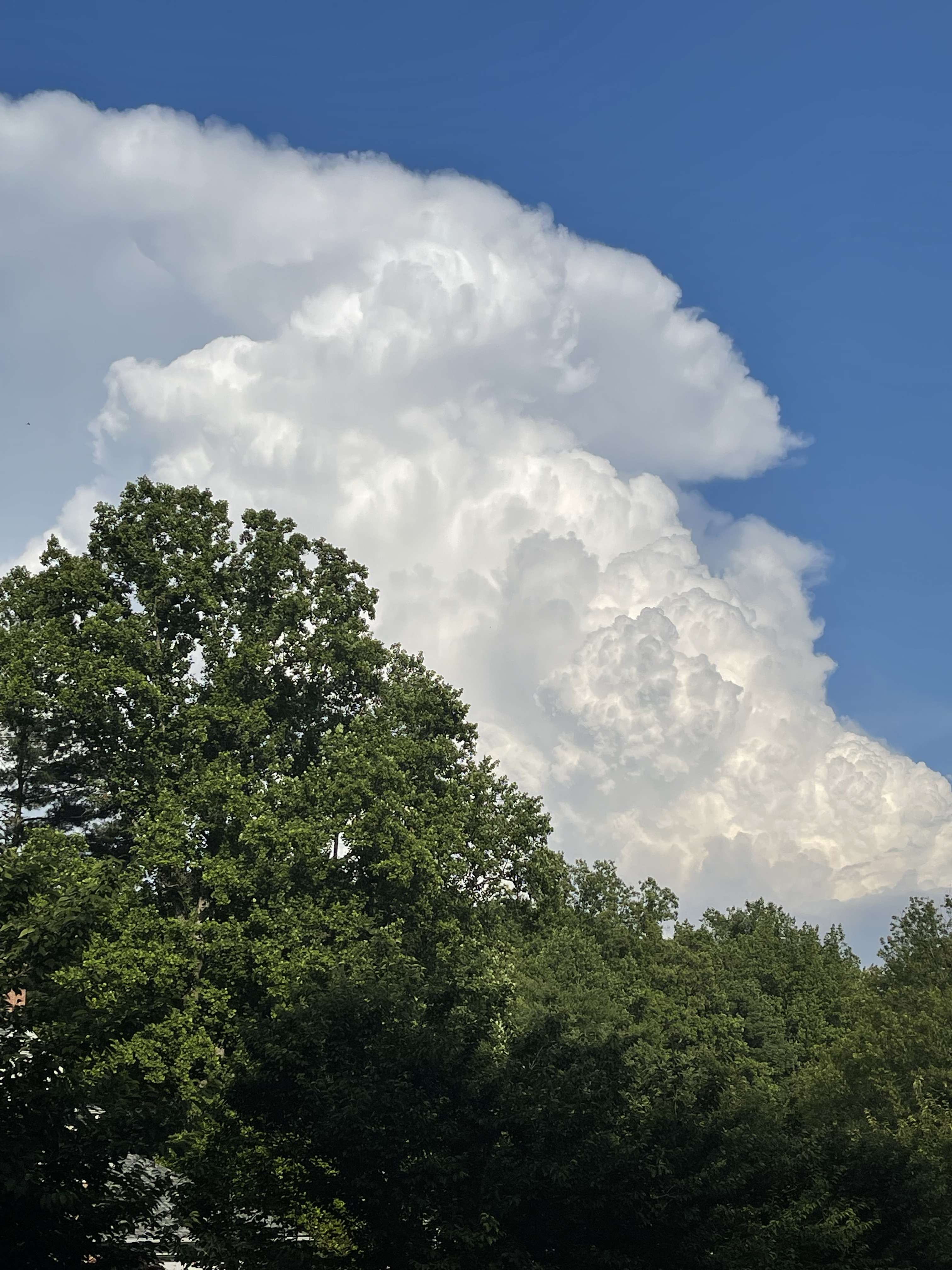-
Posts
44731 -
Joined
-
Last visited
-
Days Won
263
Everything posted by Phil
-
I don't think it's "bad or "good". I don't think it means much of anything..cool, higher latitude SSTs are extremely overrated as a forcing, in my opinion. They're an excellent measure of dominant low frequency pattern tendencies that have already occurred, however, so by that measure they might or might not have extrapolative value. I'd argue the PDO might be the most overrated "variable" in the entirety of seasonal forecasting, when considered to be a "forcing".
-
The sign of the PDO/OPDO (SST reflection in NPAC) does not help predict pattern tendencies going forward. http://journals.ametsoc.org/doi/abs/10.1175/JCLI-D-12-00057.1
-
Example, new research finds that only 8% of the observed atmospheric behavior over the NPAC is explainable via the PDO/NPAC SSTAs: http://journals.ametsoc.org/doi/abs/10.1175/JCLI-D-15-0508.1
-
The blob is mostly an effect of the strong GOA/NPAC ridging that's dominated this summer, not really a pattern forcing. Ocean/Atmosphere coupling over the NPAC has repeatedly been found to be weak..SSTs/columnar thermals are just too cold in general for convective coupling, and zonal winds are dominated by peripheral/off-domain forcings.
-
I suspect this'll be a winter with frequent fluctuation(s) in the longwave pattern, rather than a winter where a dominant pattern sets up around New Years and persists until March. I'm not worried about a "one and done" winter for you, as I anticipate there'll be plenty of a opportunities to go around. This is just my preliminary opinion, though. I've been wrong before.
-
A combination of analyzing/extrapolating intraseasonal forcings/AAM propagation from the current boundary state, and analoging the aforementioned boundary state directly under similar occurrences. Our background: 1) A fairly blatant antecedent tendency for anticyclones to amplify poleward under upper level mass/momentum transport conduits associated w/ +QBO. 2) Enhanced off-equator convection and underlying longitudinal gradient bias (ENSO/QBO forcing) that is also spatially evident. Given this, the rest is somewhat easier to extrapolate and/or analog for. The timing/magnitude of the poleward AAM propagation over the Pacific, weak Hadley/Z-cell gradients, weak hemispheric meridional thermal/wind gradient(s), WAFs out of the NWPAC, etc.
-
I don't know about "warm". After the mid-September warm spell, I think a period of onshore flow is likely as that GOA vortex develops. Probably a period of cool/rainy weather during the second half of September, followed by a retrogression of the GOA vortex towards the Aleutians to start October? That'd probably be another warm pattern, I guess.
-
A week ago, there was "no end in sight" regarding the troughing and cool temperatures. Sometimes, it's good to know *why* a pattern is occurring..that way, you might be able to predict when it'll change. Or, sometimes, mother nature gets rebellious and tries something new. Can never be overly certain about things like this. Forecasters consistently end up looking foolish.
-
FWIW, I saved that discussion. If you're referring to me, this definitely isn't accurate. I actually forecasted troughing to persist into mid-September, not through the entirety of the month, as you're implying. Meanwhile, you forecasted ridging to return after September 7th, not September 10th. Just pointing this out in the interest of fairness, as you suggested a prolonged warm period would occur through the rest of the month.
-
The d11-15 EPS (12z) likes the idea of a +EPO/SW flow. You guys basically need this to reverse completely. Hopefully this doesn't morph into a repeat of 2014, which started out with poleward cyclonic breaking over the NPAC, or 2011, when the occluding waves coupled with the developing PV and hosed the country through December. http://i724.photobucket.com/albums/ww243/phillywillie/Mobile%20Uploads/764F5092-DB9A-4D36-BD77-E5CE1BB91FD7_zpsvqxvv2ok.png
-
I think your ONI call is fine. Regarding the MEI, I agree it's a decent (indirect) measure of convective and circulatory tendencies in the tropics. However, I don't think splicing differentials of +/- 0.2 will be of any value, especially if the ENSO convective background is weaker (influentially) relative to peripheral and/or external forcings.
-
Yeah, when ENSO is weak, factors like QBO/strat dynamics, peripheral low-frequency tropical forcing tendencies, and especially solar forcing (when anomalously high/low) are often more influential than ENSO et al.
-
Failure continues..reached 90 degrees by 952AM, hit 97 degrees by 1108AM. Now we're stalled at 98 degrees, probably to fall short of the record. DCA is 94/69, after hitting 97 @ 1145.
-
You're welcome, look long forward to watching it all play out.
-
It's going to be a Niña winter, albeit a modest one. Yes, I suspect the cool neutral talk is merely an example of people jumping the gun.
-
Third consecutive year with 95-100 degree weather in September..at least we'll start seeing more Canadian air in October. Impossible to keep cooler weather at bay for much longer.
-
It's already off the ground. There's a huge swath of cooler than average subsurface anomalies present..the instability waves associated with the RWs have just mixed it out closer to the EPAC so far. Those RWs are degrading now, however.



